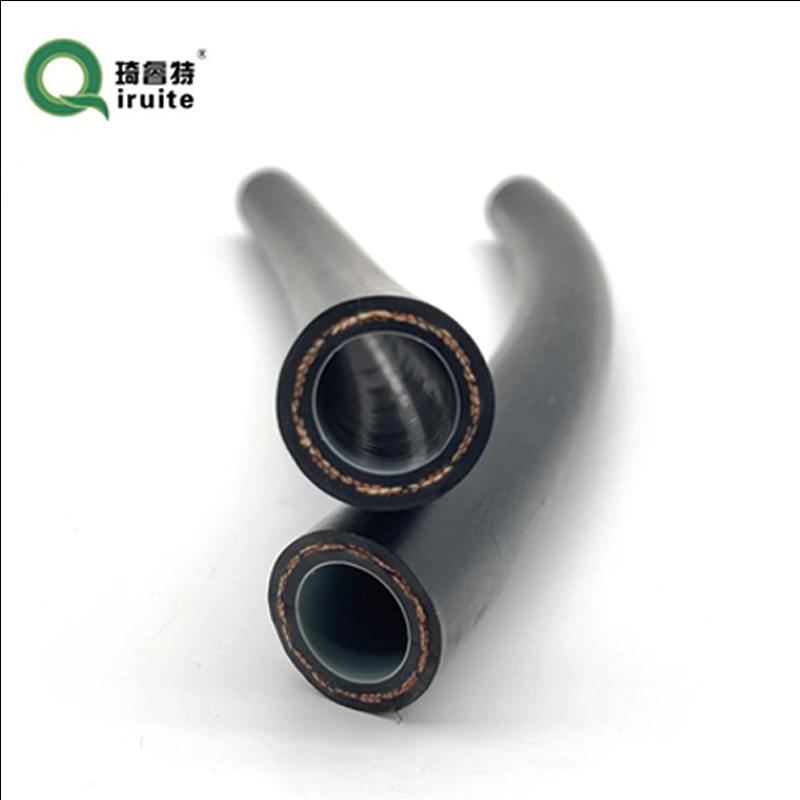power steering hose size
Understanding Power Steering Hose Size A Comprehensive Guide
Power steering systems are essential components in modern vehicles, allowing for easier maneuverability by reducing the effort needed to steer. One of the critical parts of this system is the power steering hose, which carries the hydraulic fluid necessary for its operation. While many car owners understand the importance of power steering, not everyone is familiar with the specificities of power steering hose sizes and their implications for vehicle performance and maintenance.
What is Power Steering Hose?
The power steering hose is responsible for transporting hydraulic fluid from the power steering pump to the steering gear. This fluid pressure assists in turning the steering wheel, making it easier for drivers to navigate their vehicles. There are typically two types of hoses in a power steering system the high-pressure hose, connecting the pump to the steering gear, and the low-pressure return hose, which brings the fluid back to the reservoir after it has circulated through the system.
Importance of Hose Size
The size of the power steering hose is critical for the effective performance of the steering system. A hose that is too small can restrict fluid flow, leading to increased strain on the pump and weakened steering response. Conversely, a hose that is too large can create excess slack, leading to potential leaks and inefficiencies in pressure management. It's important to choose the correct diameter and length of hoses during repairs or replacements.
Common Sizes and Measurements
power steering hose size

Power steering hoses come in various sizes, generally categorized by their inner diameter (ID) and outer diameter (OD). Common sizes for most vehicles might range from 5/16 inches to 3/8 inches for the low-pressure return hoses and may vary for high-pressure hoses, often falling between 3/8 inches and 1/2 inches. However, these dimensions can differ significantly based on vehicle make and model. It is therefore crucial for vehicle owners to reference their service manuals or consult with professionals to determine the correct hose size for their specific vehicles.
Material Composition
Power steering hoses are typically made from a blend of rubber and reinforced materials to ensure flexibility while also withstanding high pressure. The internal lining of the hose must be resistant to the hydraulic fluid, and the outer layer must be durable enough to handle environmental conditions such as heat, cold, and exposure to road debris. Understanding the material composition not only helps in selecting the right size but also in ensuring a long-lasting and reliable performance.
Maintenance and Replacement
Regular inspection of power steering hoses is essential for the overall health of the steering system. Signs of wear, such as cracks, fraying, or leaks, should prompt immediate replacement to avoid other mechanical issues. When replacing power steering hoses, it is vital to use hoses that match the original specifications in size and material to maintain optimal performance.
Conclusion
In conclusion, understanding the importance of power steering hose size is crucial for effective vehicle maintenance and performance. Proper selection and timely replacement of power steering hoses not only ensure better handling but also contribute to the longevity of the steering system. Vehicle owners should stay informed about the specifications of their power steering hoses and consult professionals when in doubt, ensuring their vehicles remain safe and reliable on the road.
-
Ultimate Spiral Protection for Hoses & CablesNewsJun.26,2025
-
The Ultimate Quick-Connect Solutions for Every NeedNewsJun.26,2025
-
SAE J1401 Brake Hose: Reliable Choice for Safe BrakingNewsJun.26,2025
-
Reliable J2064 A/C Hoses for Real-World Cooling NeedsNewsJun.26,2025
-
Heavy-Duty Sewer Jetting Hoses Built to LastNewsJun.26,2025
-
Fix Power Steering Tube Leaks Fast – Durable & Affordable SolutionNewsJun.26,2025

